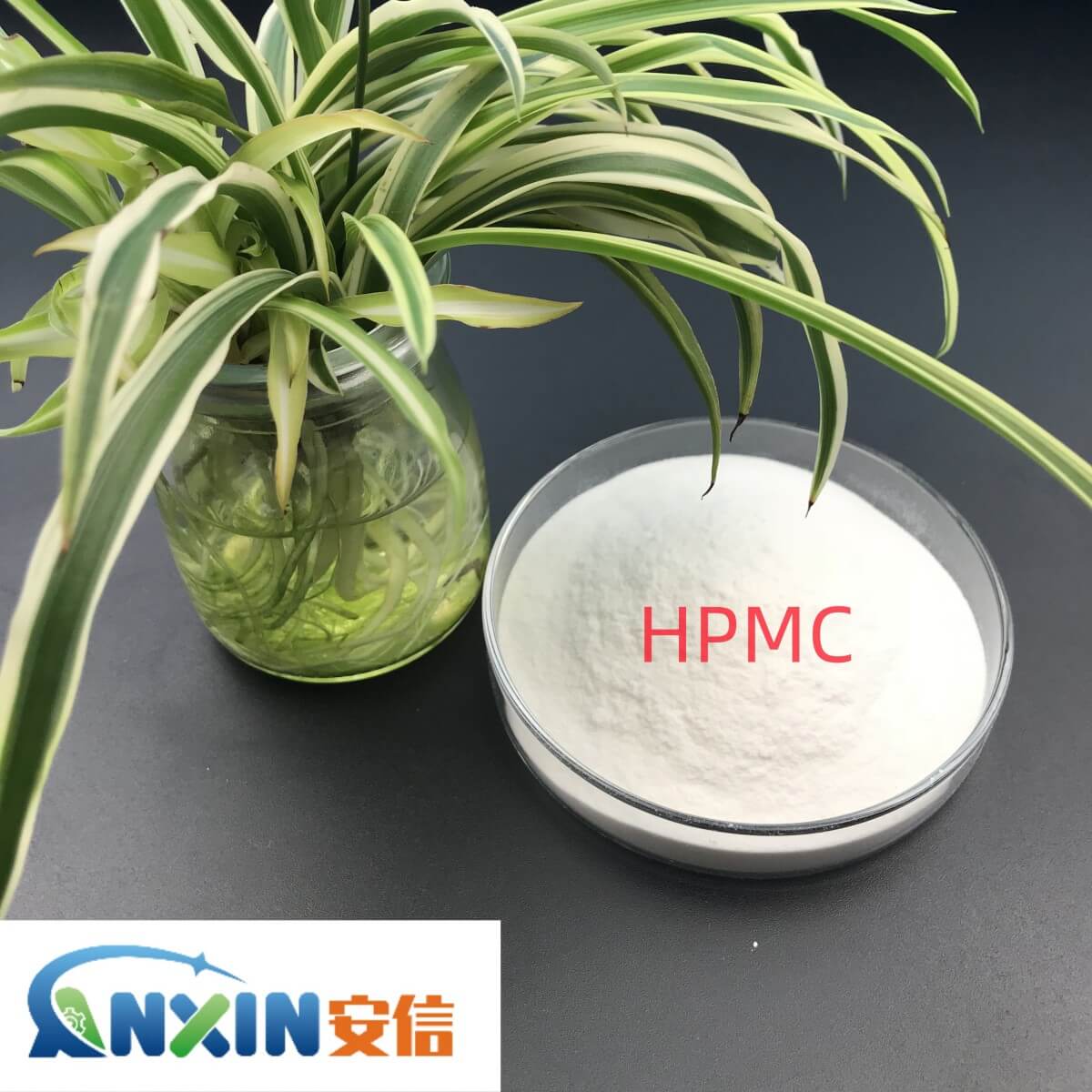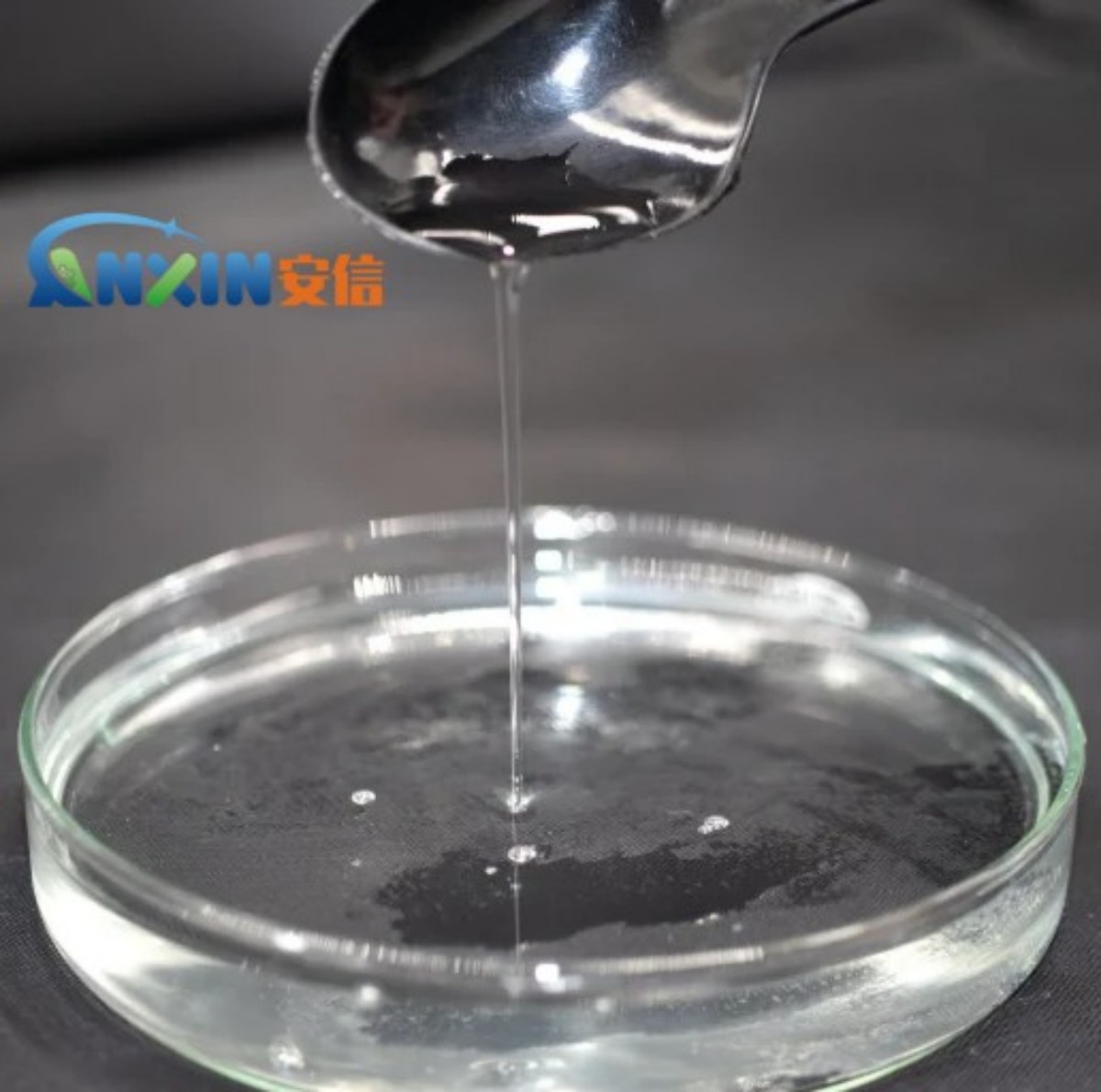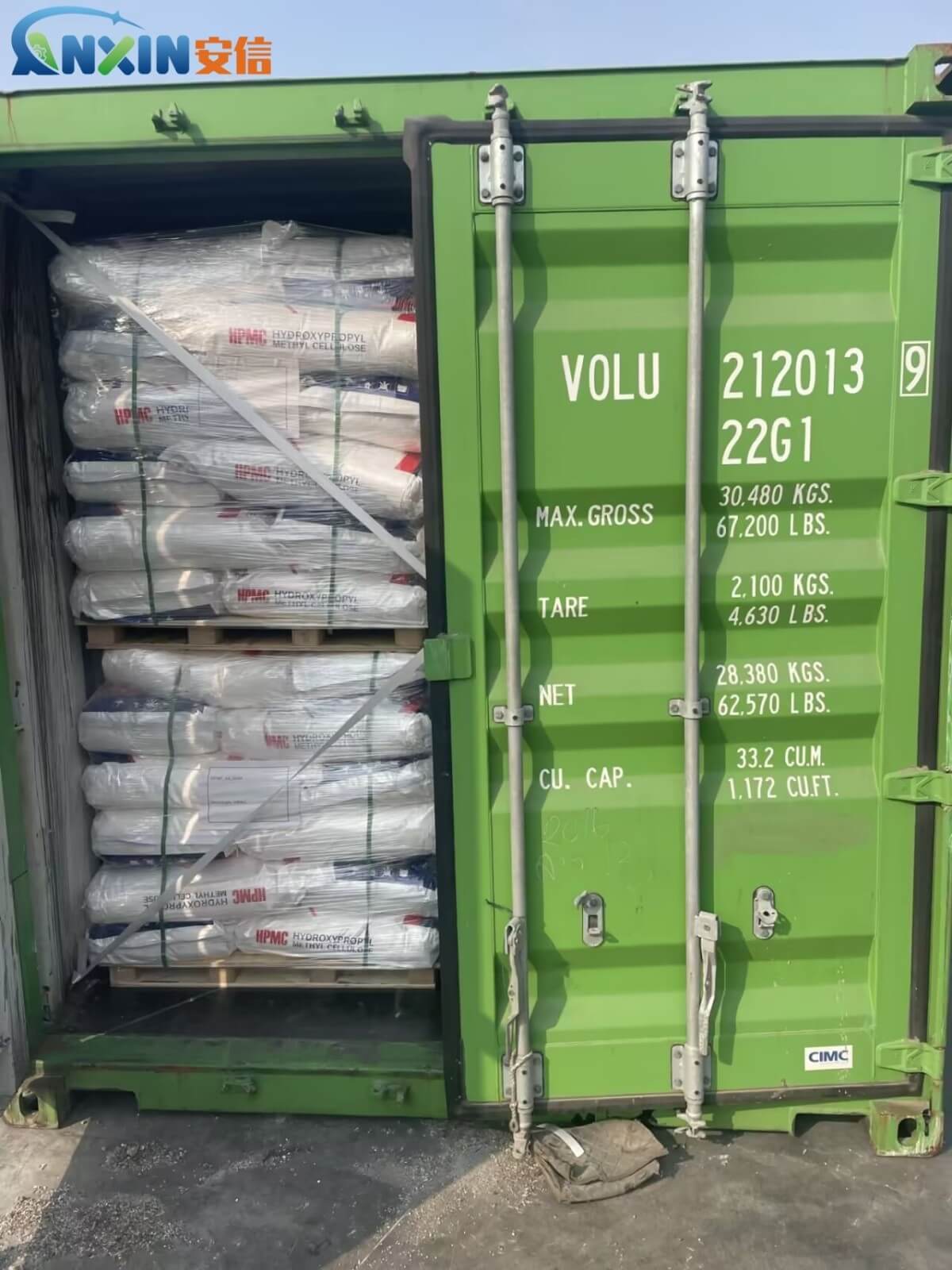1. Hydroxypropyl methylcellulose (HPMC) is a non-ionic cellulose ether made from natural cotton fiber or wood pulp through a series of chemical processing processes such as alkalization, etherification, and refining. According to its viscosity, HPMC can be divided into high viscosity, medium viscosity, and low viscosity products. Among them, low viscosity HPMC is widely used in many fields due to its excellent water solubility, film-forming property, lubricity, and dispersion stability.
2. Basic characteristics of low viscosity HPMC
Water solubility: Low viscosity HPMC is easily soluble in cold water and can form a transparent or translucent viscous solution, but is insoluble in hot water and most organic solvents.
Low viscosity: Compared with medium and high viscosity HPMC, its solution has a lower viscosity, usually 5-100mPa·s (2% aqueous solution, 25°C).
Stability: It has good chemical stability, is relatively tolerant to acids and alkalis, and can maintain stable performance in a wide pH range.
Film-forming property: It can form a uniform film on the surface of different substrates, with good barrier and adhesion properties.
Lubricity: It can be used as a lubricant to reduce friction and improve the operability of the material.
Surface activity: It has certain emulsification and dispersing abilities and can be used in suspension stabilization systems.
3. Application fields of low-viscosity HPMC
Building materials
Mortar and putty: In dry mortar, self-leveling mortar, and plastering mortar, low-viscosity HPMC can effectively improve construction performance, improve fluidity and lubricity, enhance the water retention of mortar, and prevent cracking and delamination.
Tile adhesive: It is used as a thickener and binder to improve construction convenience and bonding strength.
Coatings and paints: As a thickener and suspension stabilizer, it makes the coating uniform, prevents pigment sedimentation, and improves brushing and leveling properties.
Medicine and food
Pharmaceutical excipients: Low-viscosity HPMC can be used in tablet coatings, sustained-release agents, suspensions, and capsule fillers in the pharmaceutical industry to stabilize, solubilize, and slow-release.
Food additives: used as thickeners, emulsifiers, stabilizers in food processing, such as improving taste and texture in baked goods, dairy products and juices.
Cosmetics and personal care products
In skin care products, facial cleansers, conditioners, gels and other products, HPMC can be used as a thickener and moisturizer to improve product texture, make it easier to apply and enhance skin comfort.
Ceramics and papermaking
In the ceramic industry, HPMC can be used as a lubricant and molding aid to enhance the fluidity of mud and improve the strength of the body.
In the papermaking industry, it can be used for paper coating to improve the surface smoothness and printing adaptability of paper.
Agriculture and environmental protection
Low viscosity HPMC can be used in pesticide suspensions to improve drug stability and extend release time.
In environmentally friendly materials, such as water treatment additives, dust suppressants, etc., it can enhance dispersion stability and improve the use effect.
4. Use and storage of low viscosity HPMC
Usage method
Low viscosity HPMC is usually supplied in powder or granular form and can be directly dispersed in water for use.
To prevent agglomeration, it is recommended to slowly add HPMC to cold water, stir evenly and then heat to dissolve to obtain better dissolution effect.
In dry powder formula, it can be mixed evenly with other powdered materials and added to water to improve dissolution efficiency.
Storage requirements
HPMC should be stored in a dry, cool, well-ventilated environment to avoid high temperature and humidity.
Keep away from strong oxidants to prevent chemical reactions from causing performance changes.
The storage temperature is recommended to be controlled at 0-30℃ and avoid direct sunlight to ensure the stability and service life of the product.
Low viscosity hydroxypropyl methylcellulose plays an important role in many industries such as building materials, pharmaceuticals and foods, cosmetics, ceramic papermaking, and agricultural environmental protection due to its excellent water solubility, lubricity, water retention and film-forming properties. Its low viscosity characteristics make it more suitable for application scenarios that require fluidity, dispersibility and stability. With the continuous development of industrial technology, the application field of low viscosity HPMC will be further expanded, and it will show broader prospects in improving product performance and optimizing production processes.
Post time: Mar-25-2025


